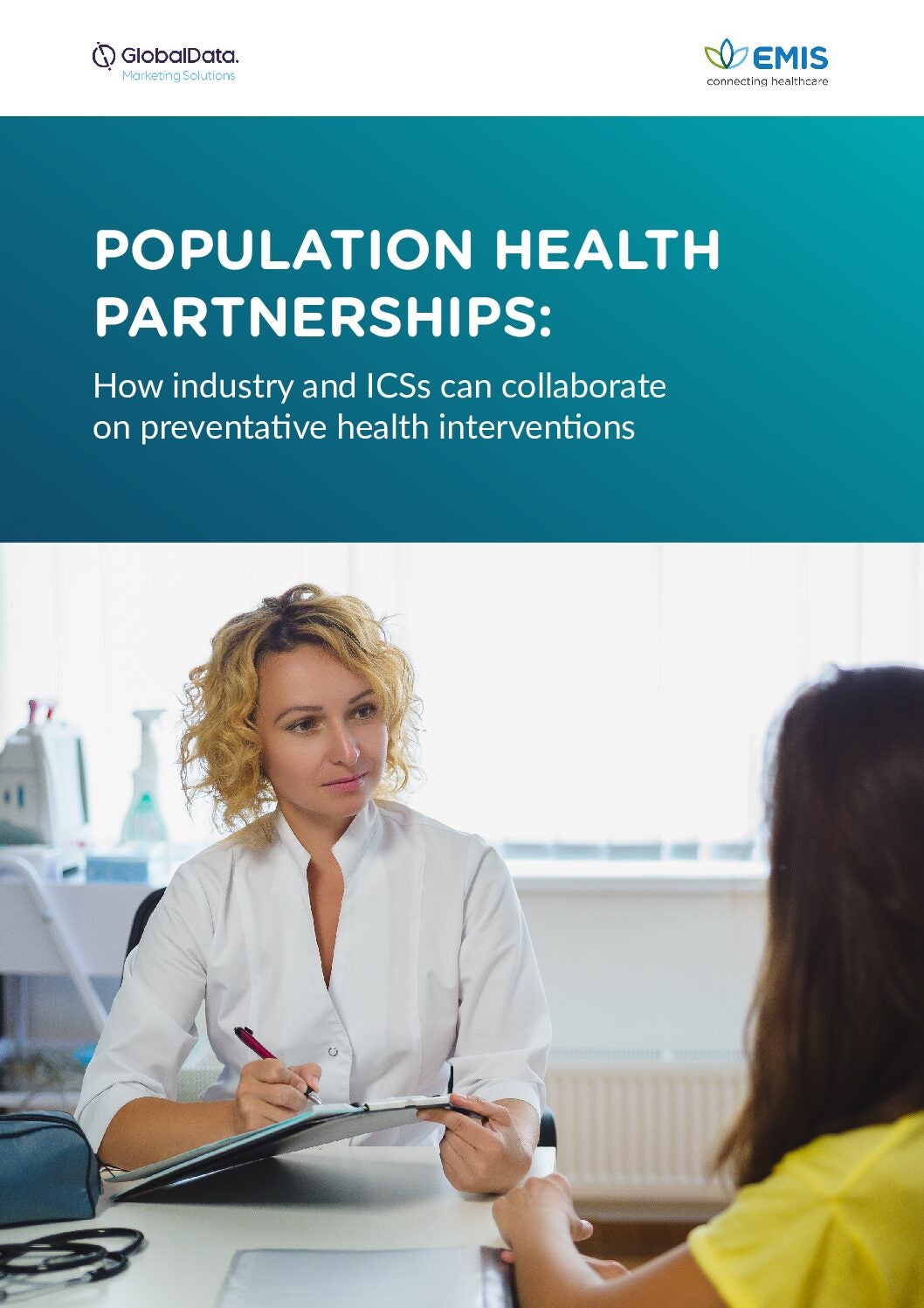The American Academy of Pediatrics’ updated clinical guidelines for the evaluation and treatment of children and adolescents with obesity were released last month in the journal Pediatrics. Notably, the Academy recommended testing children ten years or older diagnosed with obesity for non-alcoholic fatty liver disease (NAFLD). The recommendation earned an A grade, the highest possible rating, due to the strength of evidence and high level of benefit relative to potential harm. This recommendation underscores the importance of addressing conditions associated with obesity concurrently and may reduce the morbidity of both obesity and NAFLD through interventions like lifestyle changes, which can mitigate more severe progression into adulthood.
Obesity in the paediatric population has a significantly high prevalence in the US. According to GlobalData epidemiologists, diagnosed prevalent cases of obesity in children aged 10–17 years are expected to increase from around 2.73 million in 2023 to more than 2.77 million by 2031. This increase will likely also result in a subsequent increase in NAFLD cases, which impact an estimated 36.10% of children with obesity, according to a review on NAFLD and childhood obesity published in 2021 by Shaunak and colleagues in The BMJ. NAFLD is typically asymptomatic but can develop into non-alcoholic steatohepatitis (NASH), an aggressive form of fatty liver disease, which is marked by liver inflammation and may progress to advanced scarring (cirrhosis) and liver failure. Therefore, early detection, such as in the pediatric population, is imperative to mitigate NAFLD as its progression into NASH and cirrhosis can be fatal.
How well do you really know your competitors?
Access the most comprehensive Company Profiles on the market, powered by GlobalData. Save hours of research. Gain competitive edge.

Thank you!
Your download email will arrive shortly
Not ready to buy yet? Download a free sample
We are confident about the unique quality of our Company Profiles. However, we want you to make the most beneficial decision for your business, so we offer a free sample that you can download by submitting the below form
By GlobalDataBy giving the screening of children and adolescents with obesity for NAFLD its highest level of recommendation, the American Academy of Pediatrics directly aims to address this issue. For it to be effective, however, obese children diagnosed with NAFLD must receive proper lifestyle interventions such as a healthier diet and exercise. Such interventions may be difficult to implement unilaterally as socioeconomic disparities can impact the ability for children to receive them. As a result, additional attention will need to be paid to addressing these disparities to promote equitable treatment.









